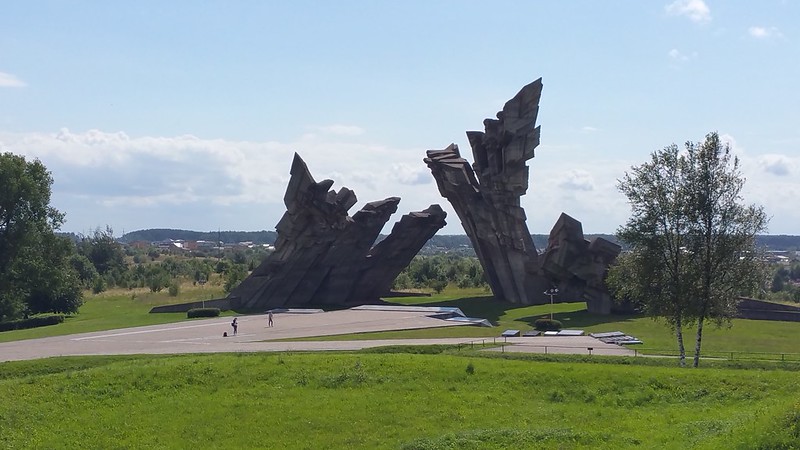
Due to the recent closure of Vilnius Airport for the reconstruction of its runway, I was forced to travel to Vilnius via Kaunas, and I also decided to make it a little more interesting by returning to London via Riga. And since I was already going to travel so far, I decided to make a plan to see the museums in each place.
Kaunas: Ninth Fort Museum
Vilnius: A Visit to Geola
Vilnius: Museum of Genocide Victims in former KGB Building
Riga: Museum of the Occupation of Latvia
& an obligatory food tour of the Baltics!
So how does one get to the Ninth Fort? From Kaunas Old Town, you can take bus 23, which runs along "K. Donelaičio g." which is one of the major streets in the old town. A single ride on the bus costs 80 euro cents which you pay to the driver directly, and it takes around 20 minutes to get to the stop "9-ojo forto muziejus". (Bus 23 also takes you back to Kaunas Old Town - just make sure that you're on the 23 bound for "Domeikava" when going to the Ninth Fort and the 23 bound for "Rokai" when you're returning to "Kaunas centras").
A small note on how to read road names in Lithuania: A lot of the roads are named after historically prominent Lithuanians - cultural luminaries, poets, writers, pioneers of industry, revolutionary thinkers, etc. However they all have very long names, so they shorten the first name to just the initial (very wisely, for brevity's sake). For example, Kristijonas Donelaitis lends his name to K. Donelaičio g. - and the g stands for gatvė (street).
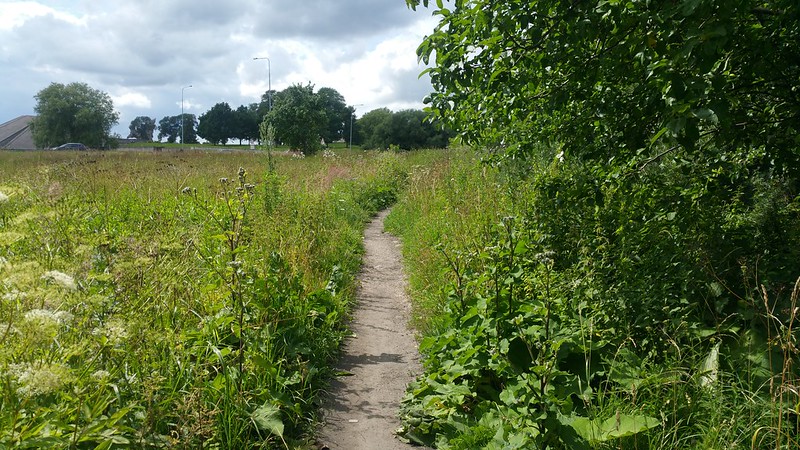
From the bus stop you walk through the suburban neighbourhood and take a small dirt path that leads to an underpass that brings you to the front doors of the museum.
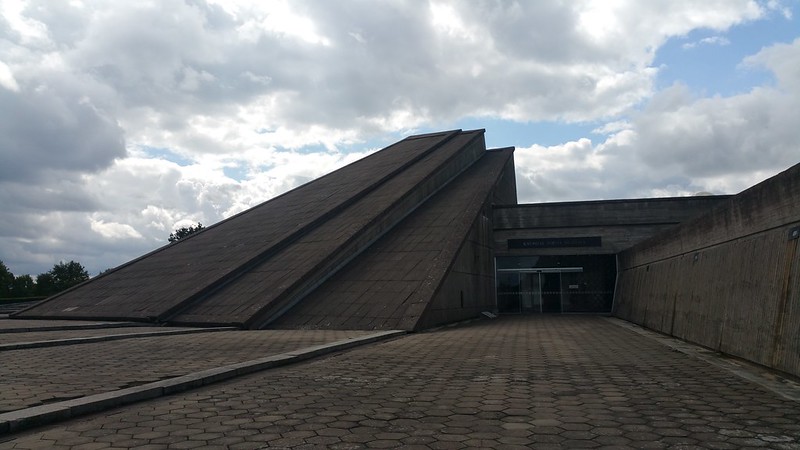
For 3 euros (adult) or 1.50 euros (student) you get a ticket to see all of the Ninth Fort museum and also walk into the fort itself. The building of the museum is also a monument, with stained glass memorials and sculptures built into the building.
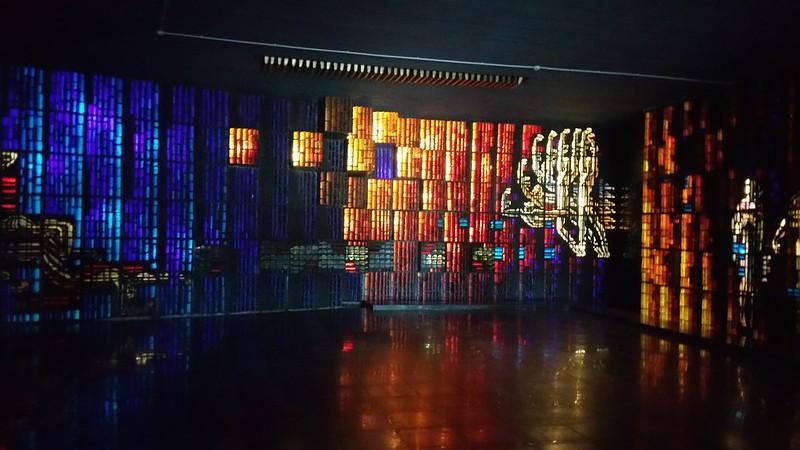
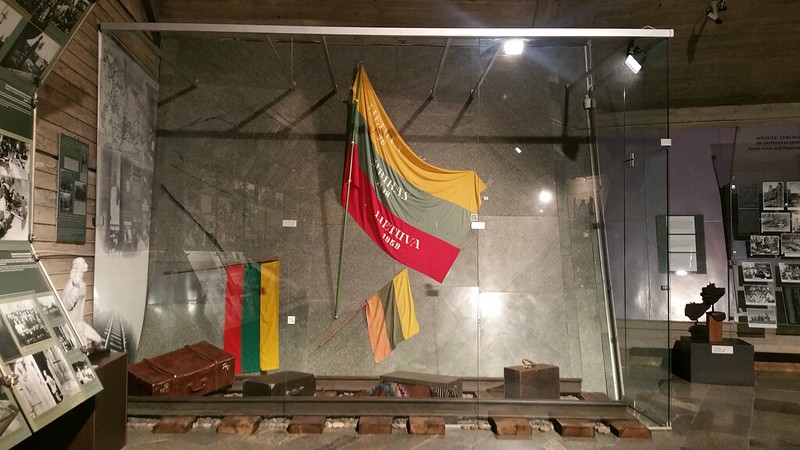
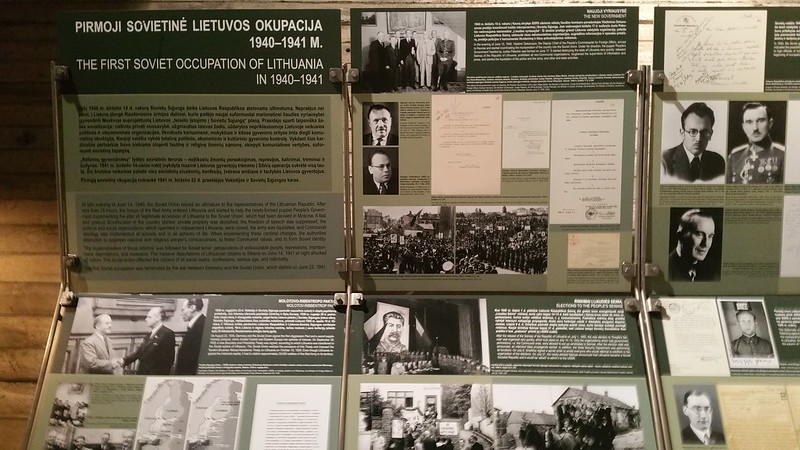
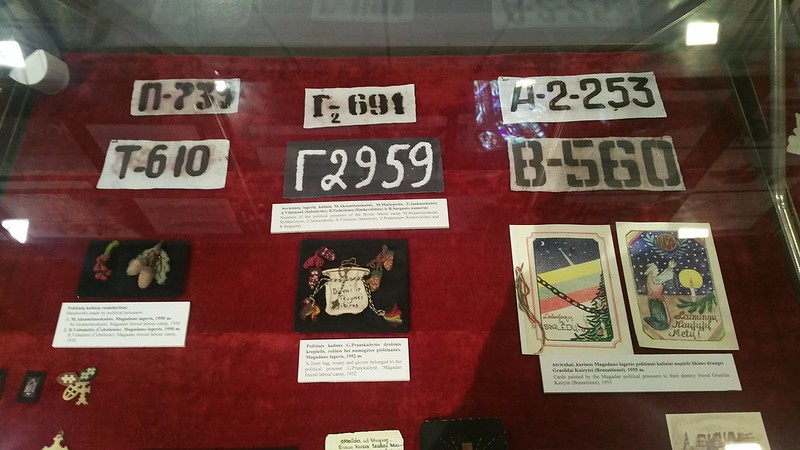
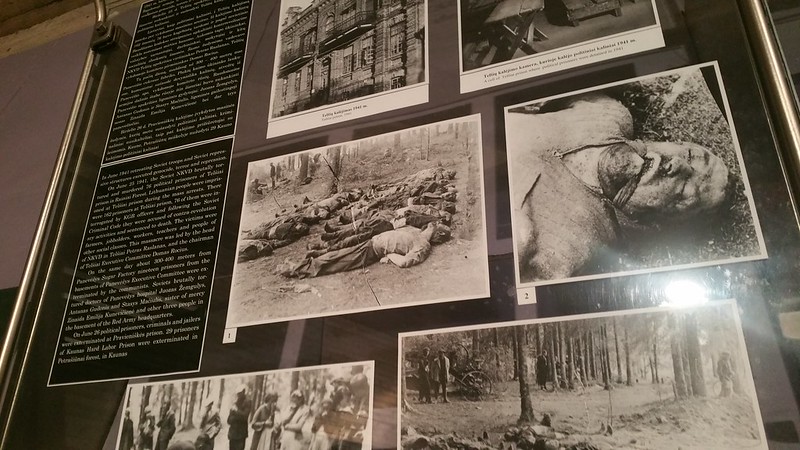
The museum does not shy away from showing very graphic images of death. I was not sure if I should reproduce this images here on my own blog here, but I think that we can't afford to shy away from the truth of the brutality that was senselessly inflicted by humans upon other humans - the images of Soviet atrocities and the Nazi genocide are in this exposition to remind us of why we cannot tolerate racism or fascism within society - we must not forget that it has been used to justify such horrific crimes against humanity.
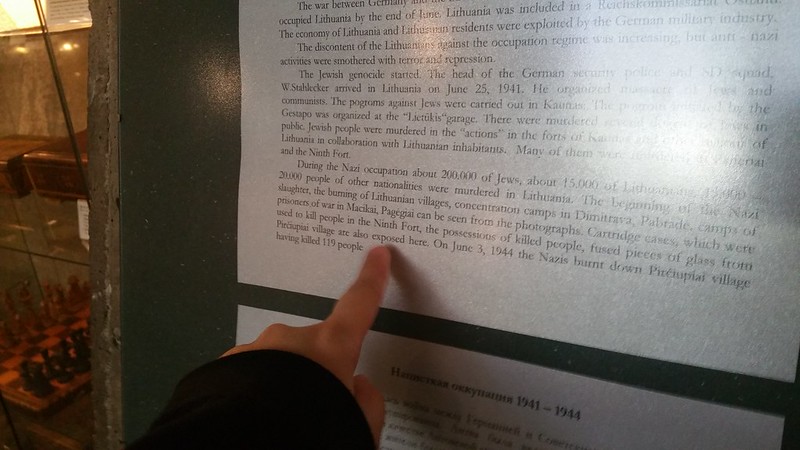
I noticed a word that was frequently used in the exhibition text - "exposed".
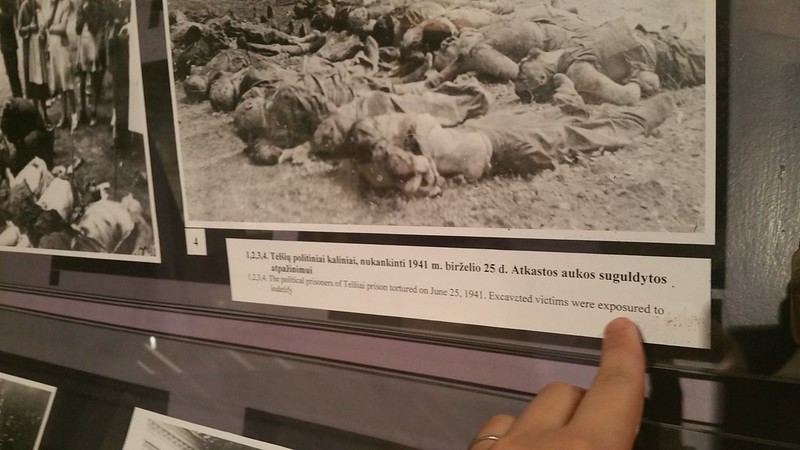
Another example here - "exposured".
It initially seemed an unusual choice of word. I know it must be because an exhibition is so commonly translated to "exposition" in Lithuania, but when I'm looking at the photos, I think about the exposure as it relates to photography and the exposed photo plate that captures the image, allowing it to be preserved and reproduced; I also think of the action of "exposing" a utterly hideous crime against humanity that the Nazis tried to cover up in this very site.
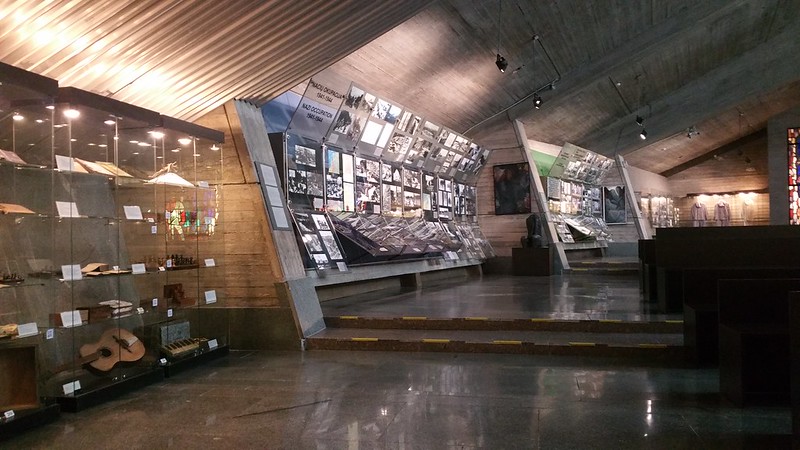
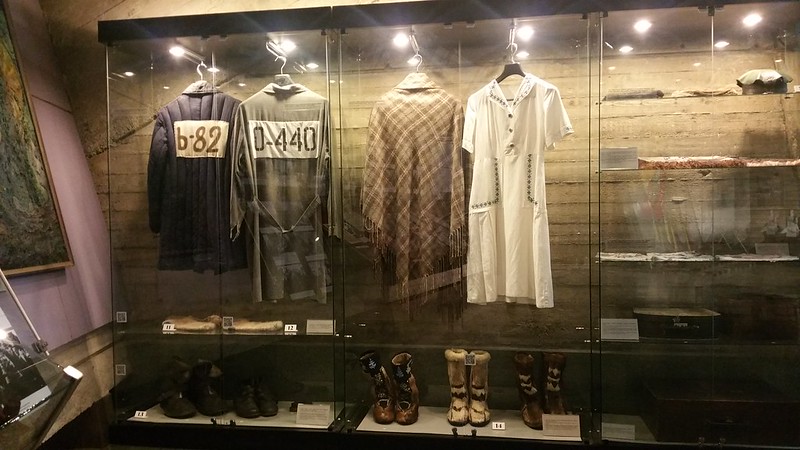
On the other end of the museum, there's a section telling the story of Romas Kalanta, a high school student who publicly committed suicide by setting himself on fire in protest of the Soviet regime in Lithuania (in 1972), triggering the largest post-war riots in the 1970s and becoming a symbol of Lithuanian anti-russification resistance.
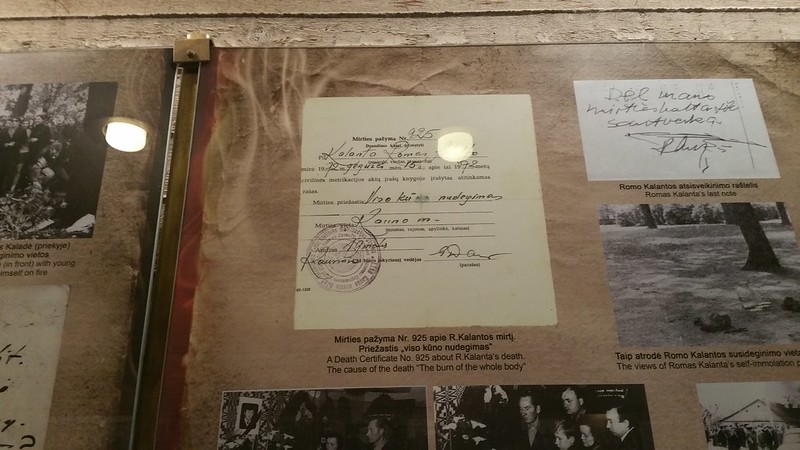
He left a note which said "Dėl mano mirties kaltinkite tik santvarką" (Blame only the regime for my death).
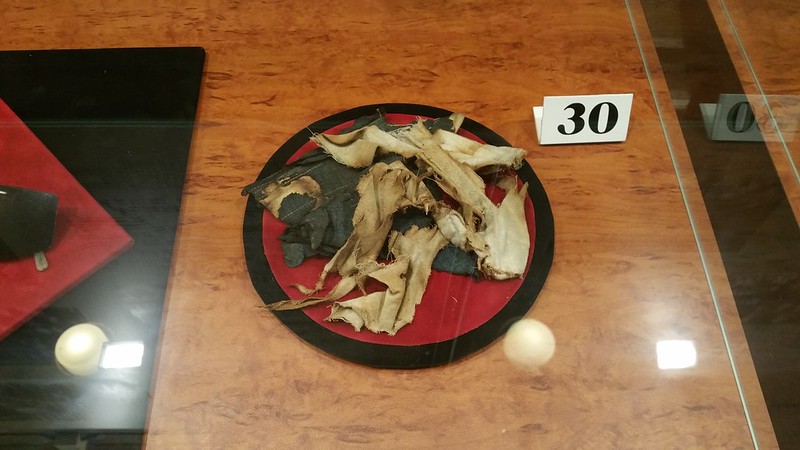
Remains of Romas Kalanta's clothes from the self-immolation site
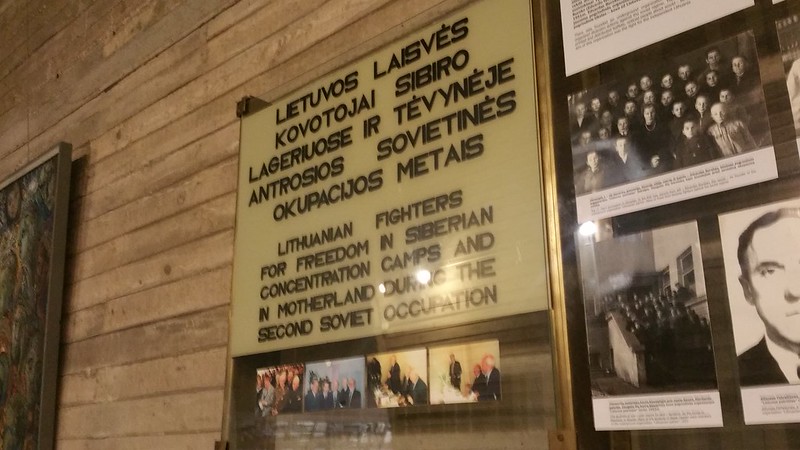
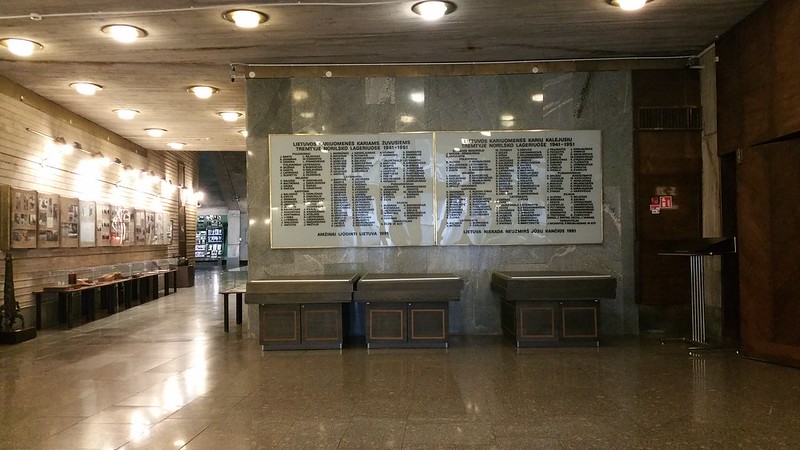
When you get to the end of the exposition, the eagle-eyed staff will come over and open the door for you. "PLEASE TO CONTINUE TO FORT!" said the lady and I was abruptly turfed out of the building and into the open grass (and funny enough, I heard her noisily locking the door behind me).

In the distance, the massive monument stands next to the fort itself.

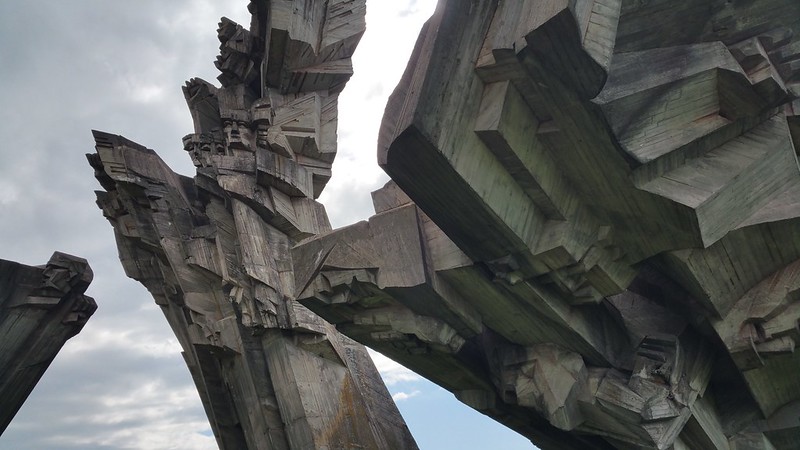
Erected in 1984, the monument is 105 feet (32 m) high. The mass burial place of the victims of the massacres carried out in the fort is a grass field, marked by a simple yet frankly worded memorial written in several languages. It reads, "This is the place where Nazis and their assistants killed more than 30,000 Jews from Lithuania and other European countries
The memorial was erected in memory of victims of Nazi massacres. From 1941 until 1944 more than 50,000 people of different nations (amongst them more than 30,000 Jewish poles, lithuanians, and germans), inhabitants of Kaunas, prisoners of the Kaunas Ghetto and 20,000 other Lithuanian people and foreigners were killed at this spot. The Nazis also tried to evade responsibility by covering up the true number of murders by forcing Jewish prisoners (imprisoned at the Ninth Fort) to excavate and burn the corpses. This unreal 32-metre tall memorial was designed by sculptor A. Ambraziunas and constructed in 1984 over the mass burial site.
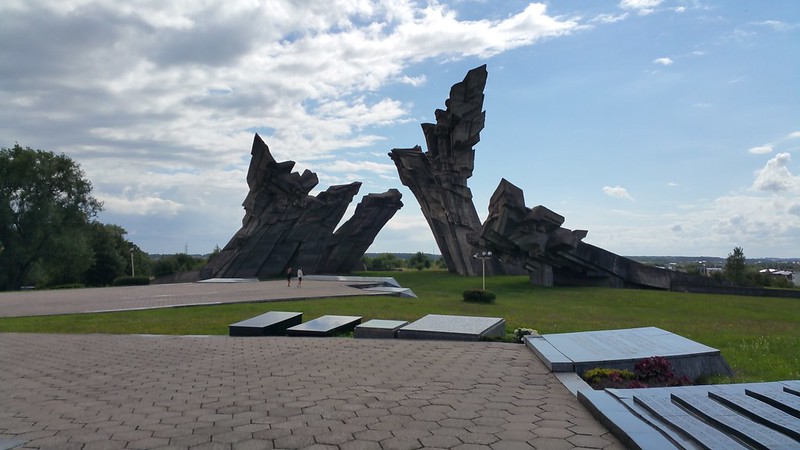
A short distance away there are many different memorial plaques arranged around the monument.

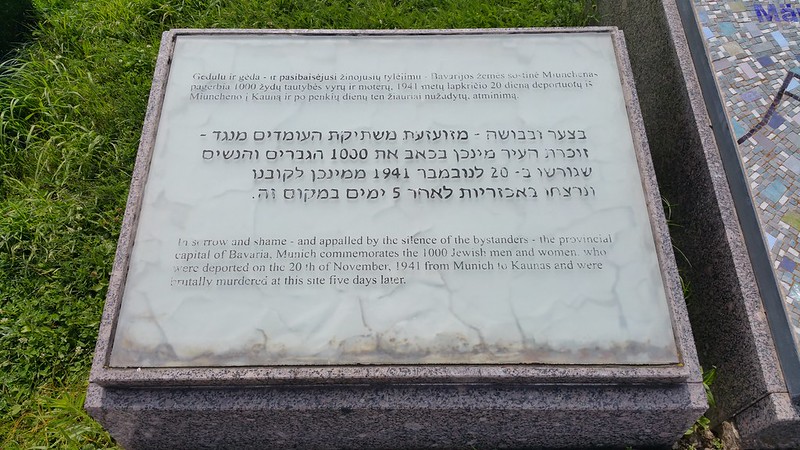
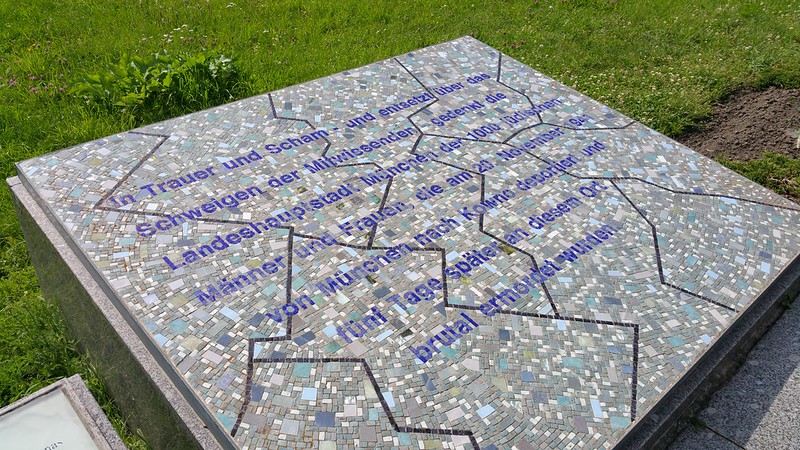

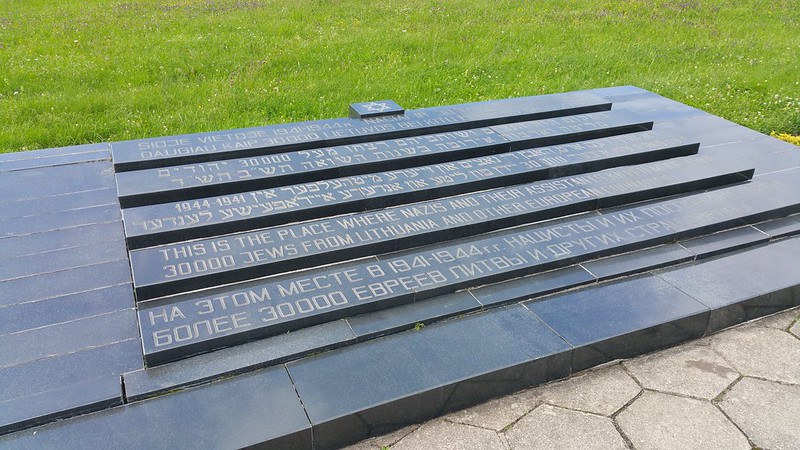
I walked down a slope into the beautiful grassy hill that gently covered the Ninth Fort.


Funny enough, there were these lookout bunkers embedded into the landscape - so strikingly similar to the image I was working on at the moment for my holograms.
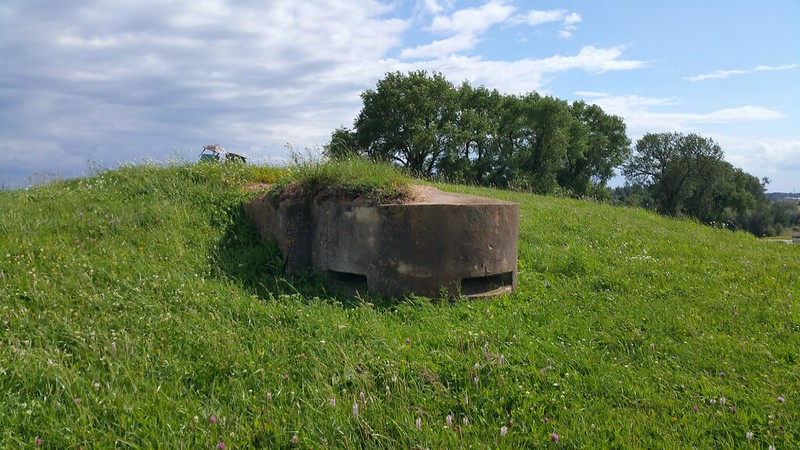
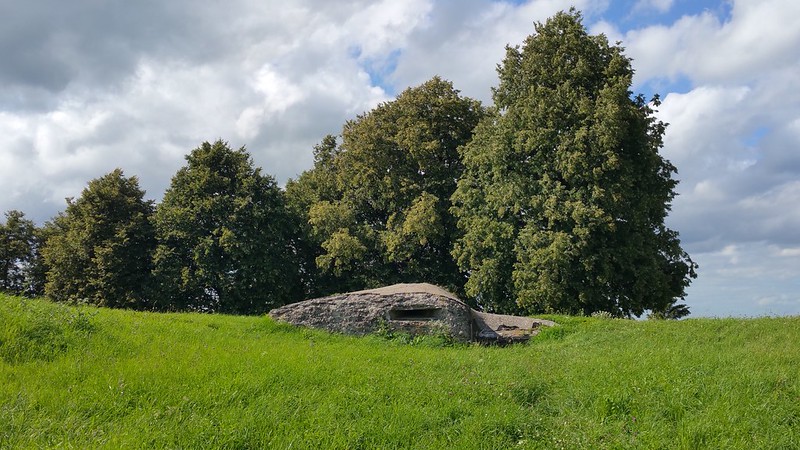
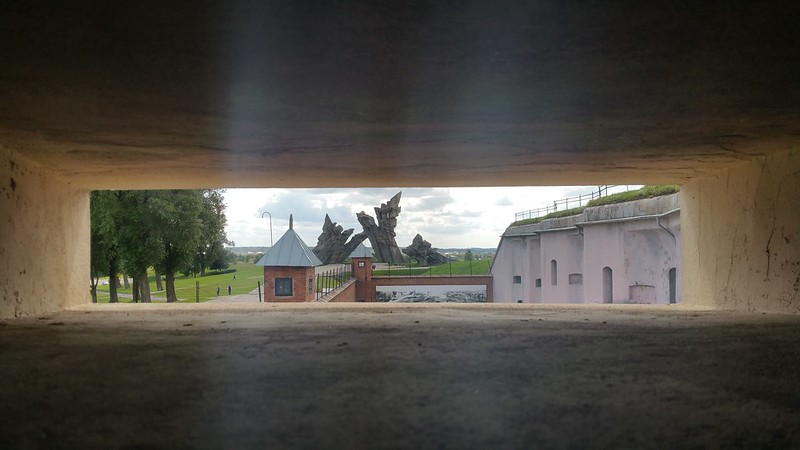

This is what it looks like from the inside of the bunker.
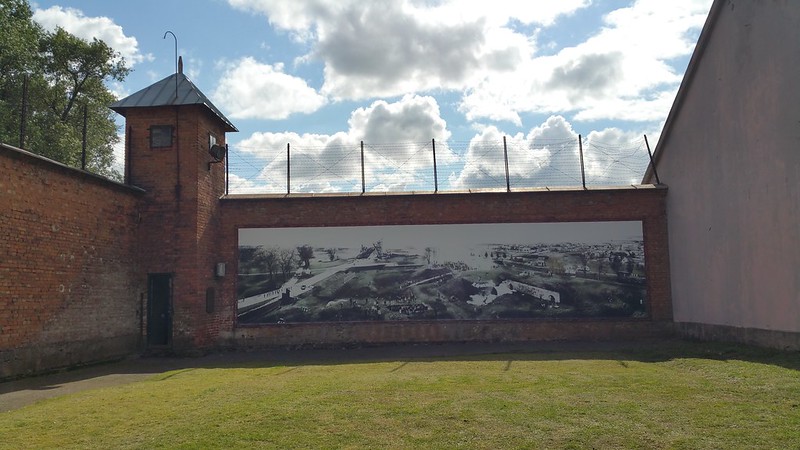

The next building in the fort has an unimaginably gruesome history. Not only had the Nazi killed so many Jews and Soviet Prisoners-of-war, they also cruelly imprisoned some of the Jews here and forced them to excavate the bodies from the mass murders and then burn the corpses in order to cover up the extent of Nazi war crimes (the Nazis having already come to the conclusion at some point that they would lose the war and would be asked to take responsibility for all the murders). Those who refused were killed.
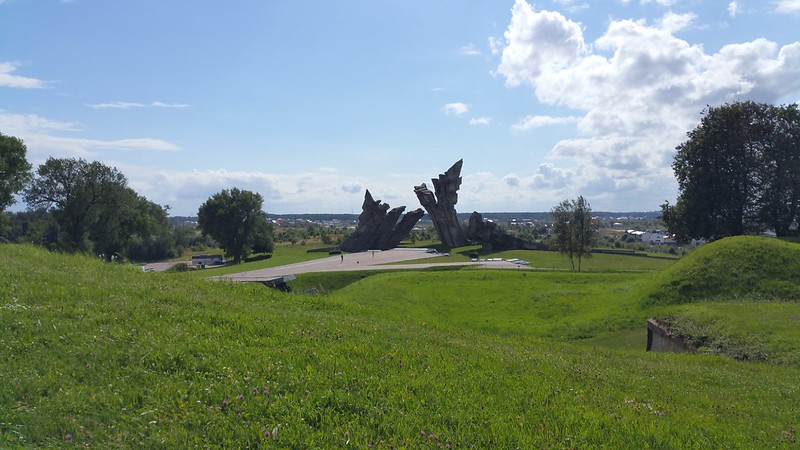
On 25 December 1943, a number of prisoners escaped from the fort and the escapees were forced to go into hiding for years in extreme conditions until after the war ended - before they could finally manage to testify to the war crimes tribunal to expose the Nazi's cover-up operation.
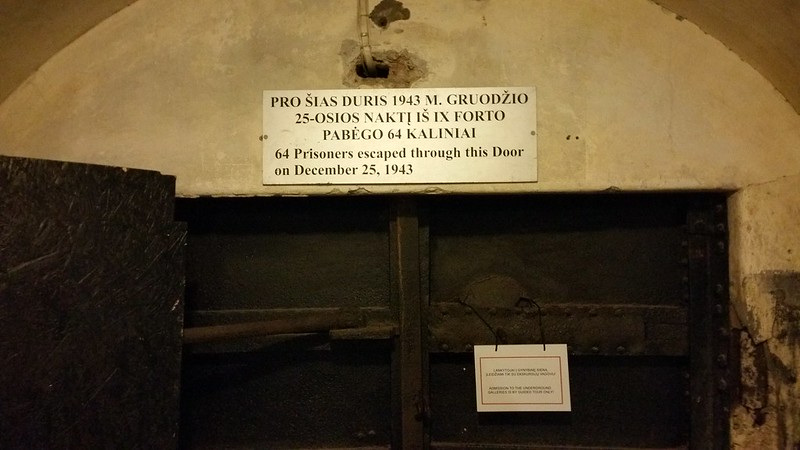
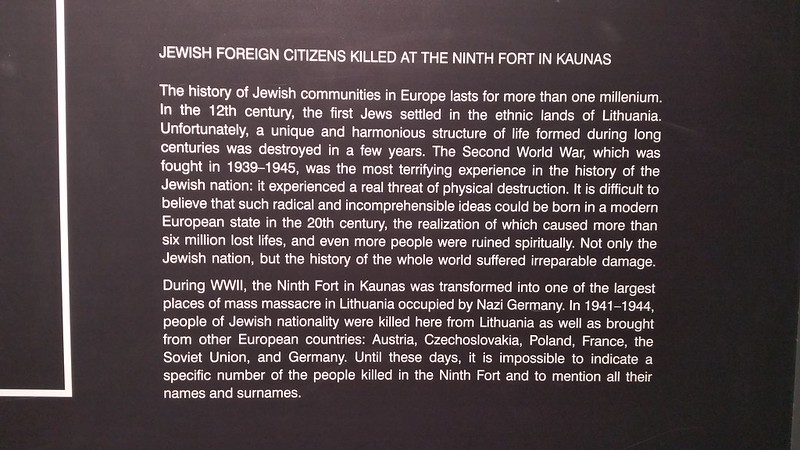
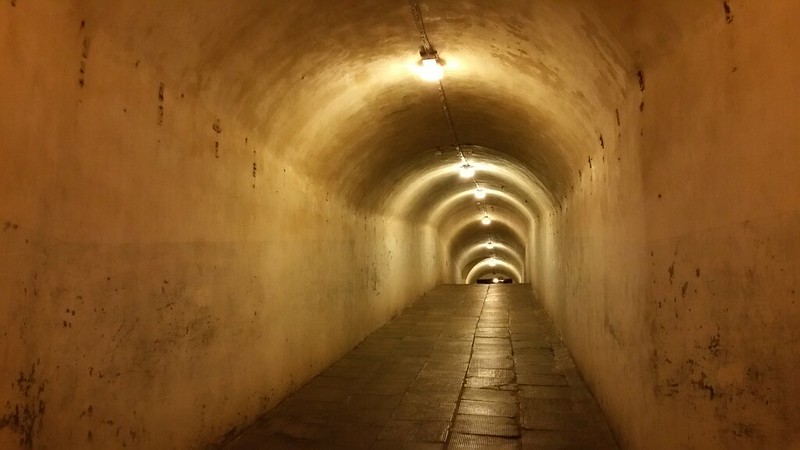
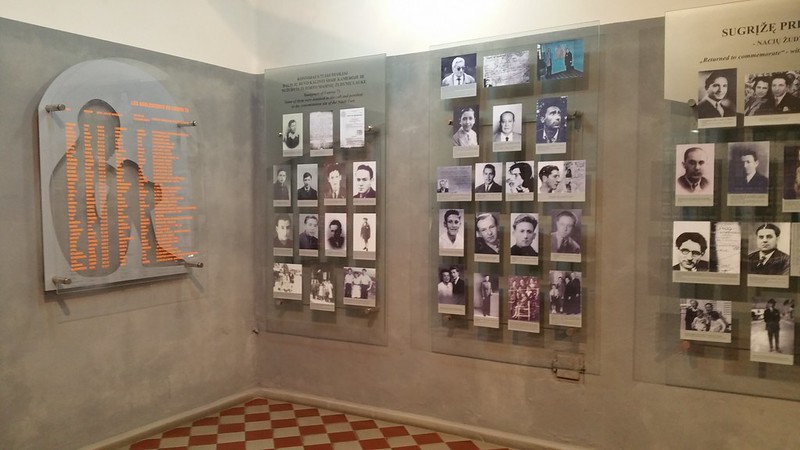
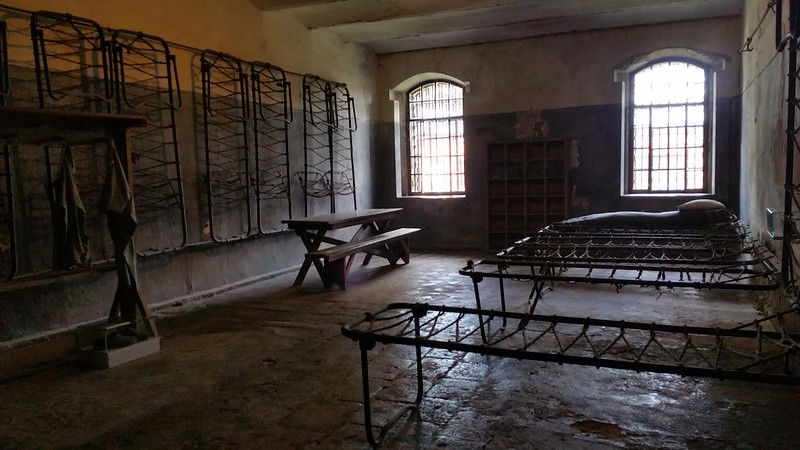
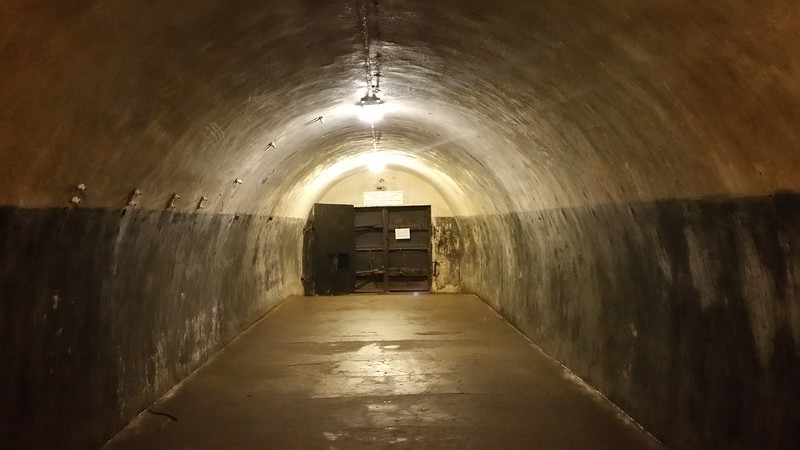
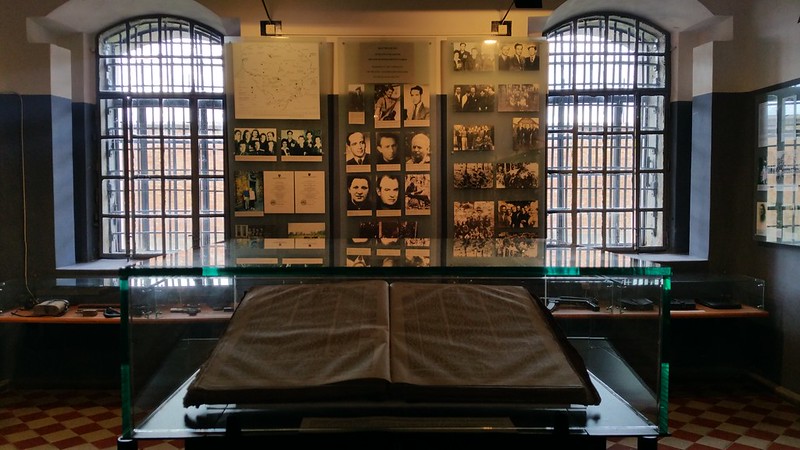

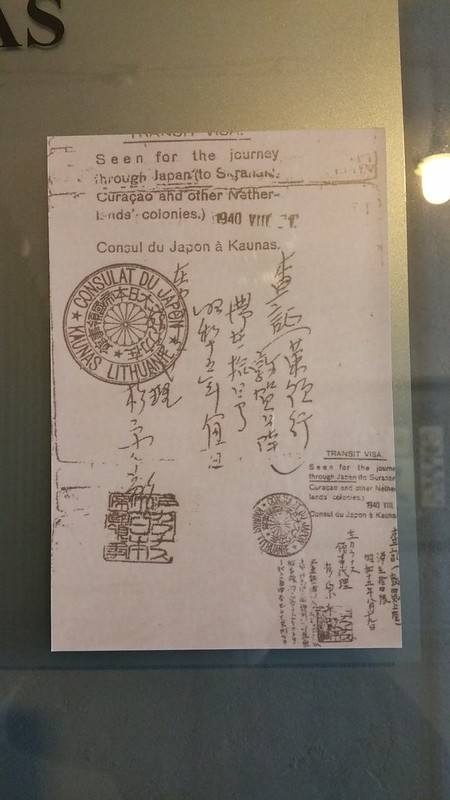
There's part of a room on Chiune "Sempo" Sugihara, a Japanese diplomat who was at the time of the outbreak of war (in 1940) the Vice Consul for the Japanese Empire in Lithuania. Immediately after the outbreak of war several thousand Jewish refugees came to the Japanese Consulate to ask for a Japanese visa that would allow them to obtain Japanese transit visas. He sent a cable to his superiors to ask if he could do so, and although he was specifically ordered not to do so, he wrote them anyway, and singlehandedly saved 5500+ Jewish refugees from German-occupied Western Poland and Soviet-occupied Eastern Poland as well as many residents of Lithuania by issuing them visas so they could escape the Nazis by obtaining a Japanese visa. As this was a time before computers, as the consul he had to HANDWRITE every single visa!
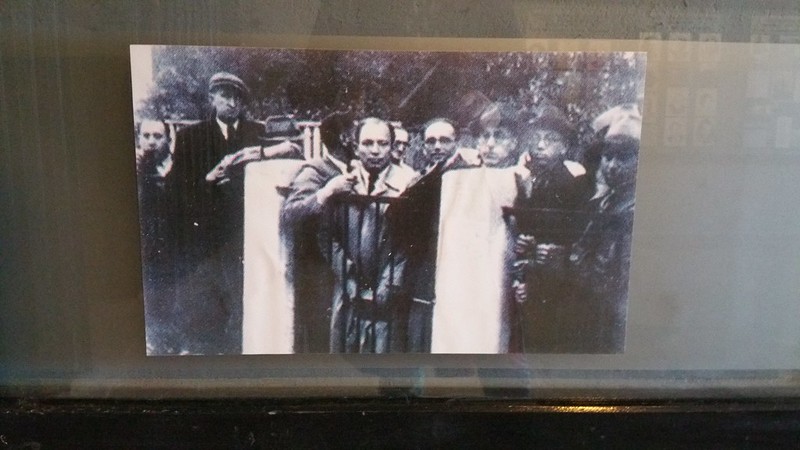
The threat to the Jewish refugees became so urgent that he apparently wrote nothing but visas for over 20 hours a day - and it got to the point that he even went to the station and simply threw the blank visa papers into the windows of leaving trains at Kaunas Train Station - so they could escape as soon as possible with the needed papers (even then, some did not manage to leave in time and were captured and killed by the Nazis).
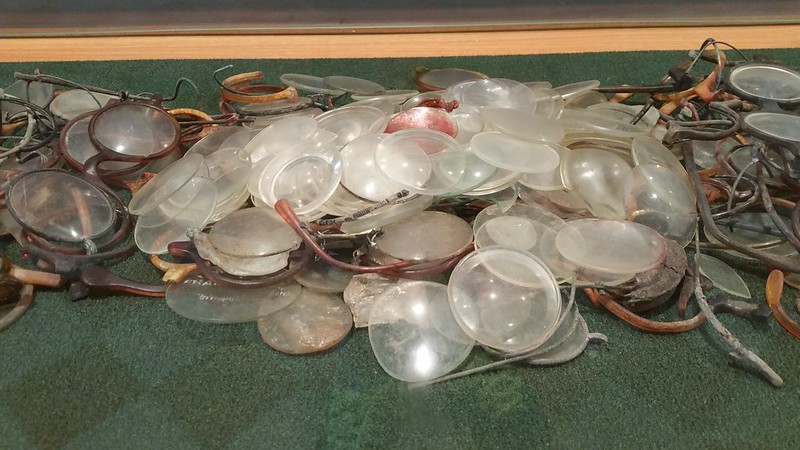
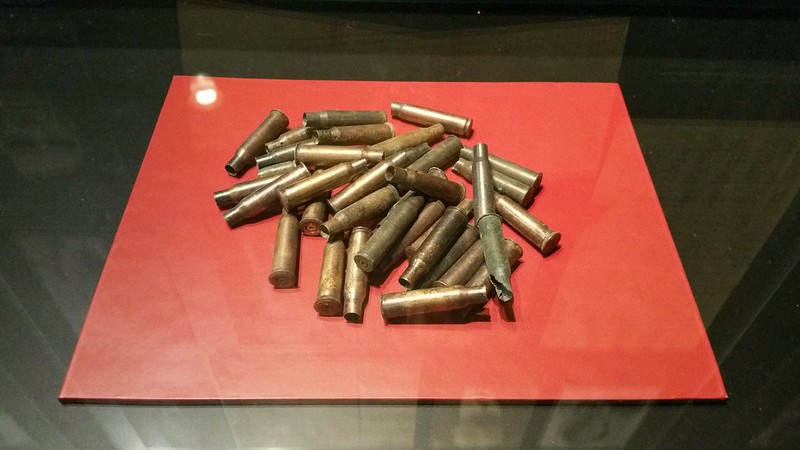
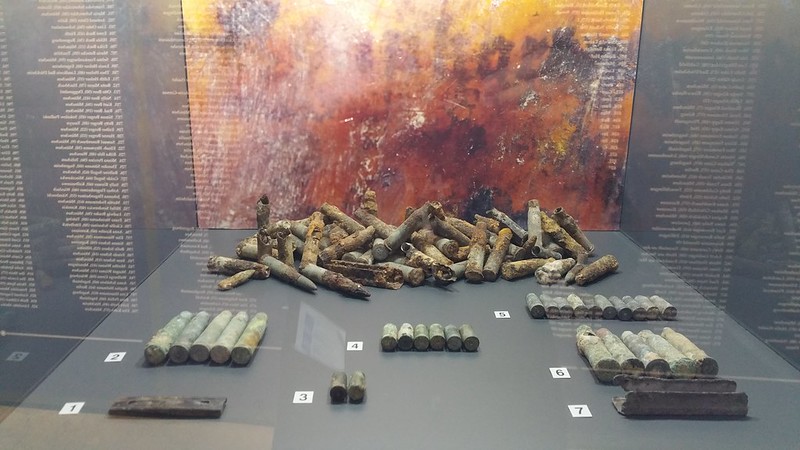
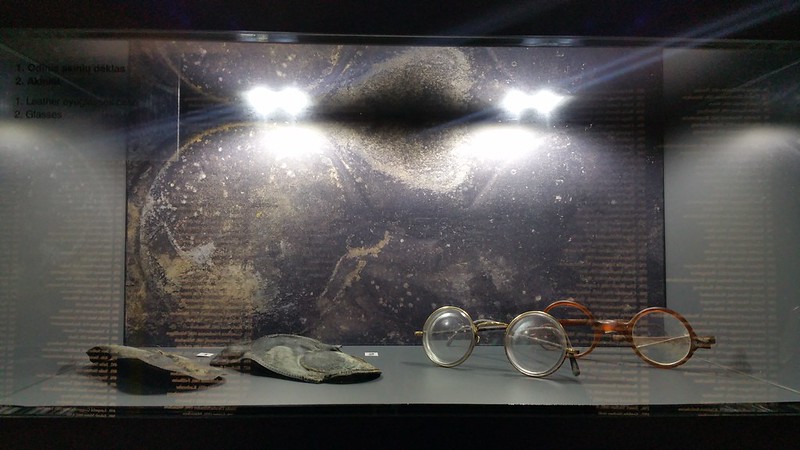
A pile of eye glasses and a pile of emptied cartridges is all that remains.

Here is the word "exposed" again.


How surreal that such a beautiful landscape completely conceals within itself such a traumatic history; the only visible sign left being the huge man-made concrete sculpture that erupts from the earth.
No comments:
Post a Comment